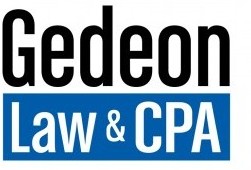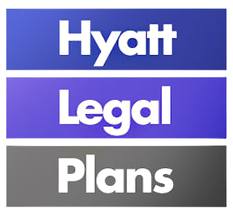With the right tax planning, you can provide tax-free lunches to you and your employees.
As a rule, to deduct the cost of the lunches, the lunches must be furnished to the employees on the business premises by the employer for the convenience of the employer.
Convenience of the Employer
To meet the “convenience of the employer” test, the employer must provide the meals for a substantial business reason other than as compensation to the employees.
Some examples of a substantial business reason are:
- Employees must be restricted to the premises because they could not otherwise secure proper meals within a reasonable meal period.
- The employees must be on the premises for emergency call during the lunch period.
- Employees are restricted to a 30-or-45-minute meal period, and you cannot reasonably expect the employees to eat elsewhere during such a short period.
If the employer meets the test above, then the lunches are tax deductible by the employer and not compensation to the employee (i.e., a tax-free fringe benefit).
On the other hand, merely furnishing the meals to promote morale or goodwill, or to attract prospective employees, will not qualify as tax-free meals to the employees.
Lunches For the Business Owner
So how does the business owner also qualify for this tax-free fringe benefit?
Unfortunately, if you operate as a sole-proprietor, then you are not considered an employee for the purposes of the meals deduction and you cannot take a deduction for the meals.
What about a more than 2 percent owner of an S corporation or a partner in a partnership?
Again, the IRS denies employee fringe benefits for these owners withrespect to the meals deduction (i.e., the meals to the owner are not deductible).
Thus, the C corporation is the only entity choice that enables the meals deduction for the owner-employee.





